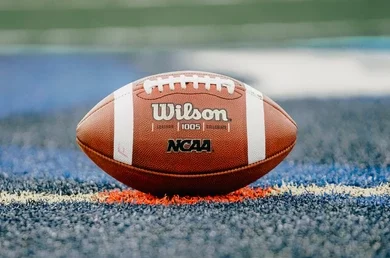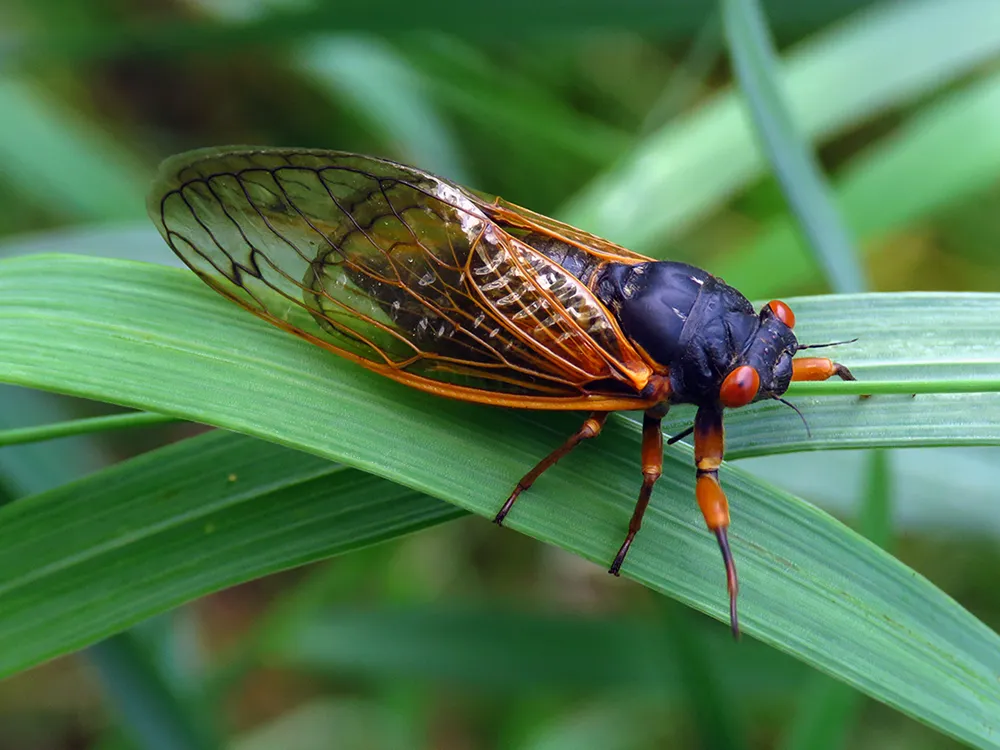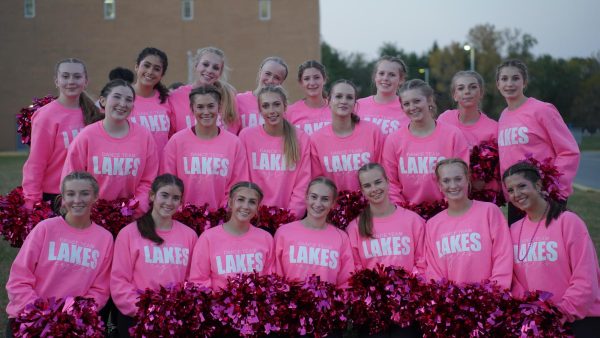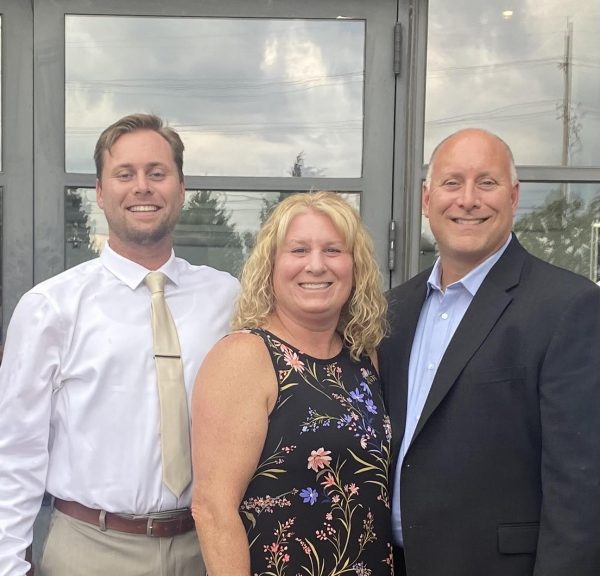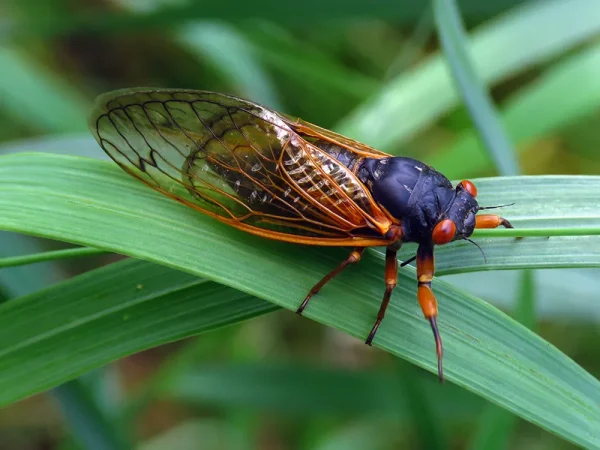Real Vs. Fake Christmas Trees
As the holiday season approaches, families around the country are scrambling to get their decorations up and get festive. The centerpiece of many’s holiday season is the Christmas tree, decked out with lights, ornaments, and toppers. Some prefer a real tree; the smell and feeling of tradition that picking out your own Christmas tree every year brings. While others prefer fake trees as they are often tidier, easier to assemble and take apart, but still bring the holiday cheer into a room. As people grow more environmentally conscious, a question that arises past preference is what kind of tree is better for the environment?
According to The Nature Conservancy, in the U.S. alone, “around 10 million artificial trees are purchased each season” and 90% of these are shipped from China. The shipping process of these trees results in an increase in carbon emissions and resources. The plastic material that fake trees are made of makes them non-recyclable, meaning they often end up in landfills. Real trees do not need to be shipped internationally and are often locally sourced. Therefore they do not stimulate the carbon emissions that fake trees do.
A common misconception is that cutting down trees is always bad. The Nature Conservancy goes on to state that “one of the best ways to protect forest is to use them–carefully.” As forests are properly and managed, producing renewable resources, like Christmas trees, is entirely sustainable. Real Christmas trees actually support forests. “Out of the 350-500 million growing on tree farms across the U.S., only 30 million trees are harvested for Christmas each year.”
Purchasing real trees helps keep tree farmers in business, allowing them to keep a healthy forest and land cover that sustains wildlife. More than half of forests in the U.S. are privately owned, thus the purchase of sustainable forest products allows them to keep their forests well-maintained, “a key solution to fighting climate change.”
In conclusion, real trees are far better for the environment. According to the National Christmas Tree Association, farmers plant 1-3 seedlings for every tree purchased, meaning more trees to provide clean air, water, and habitat for wildlife.






